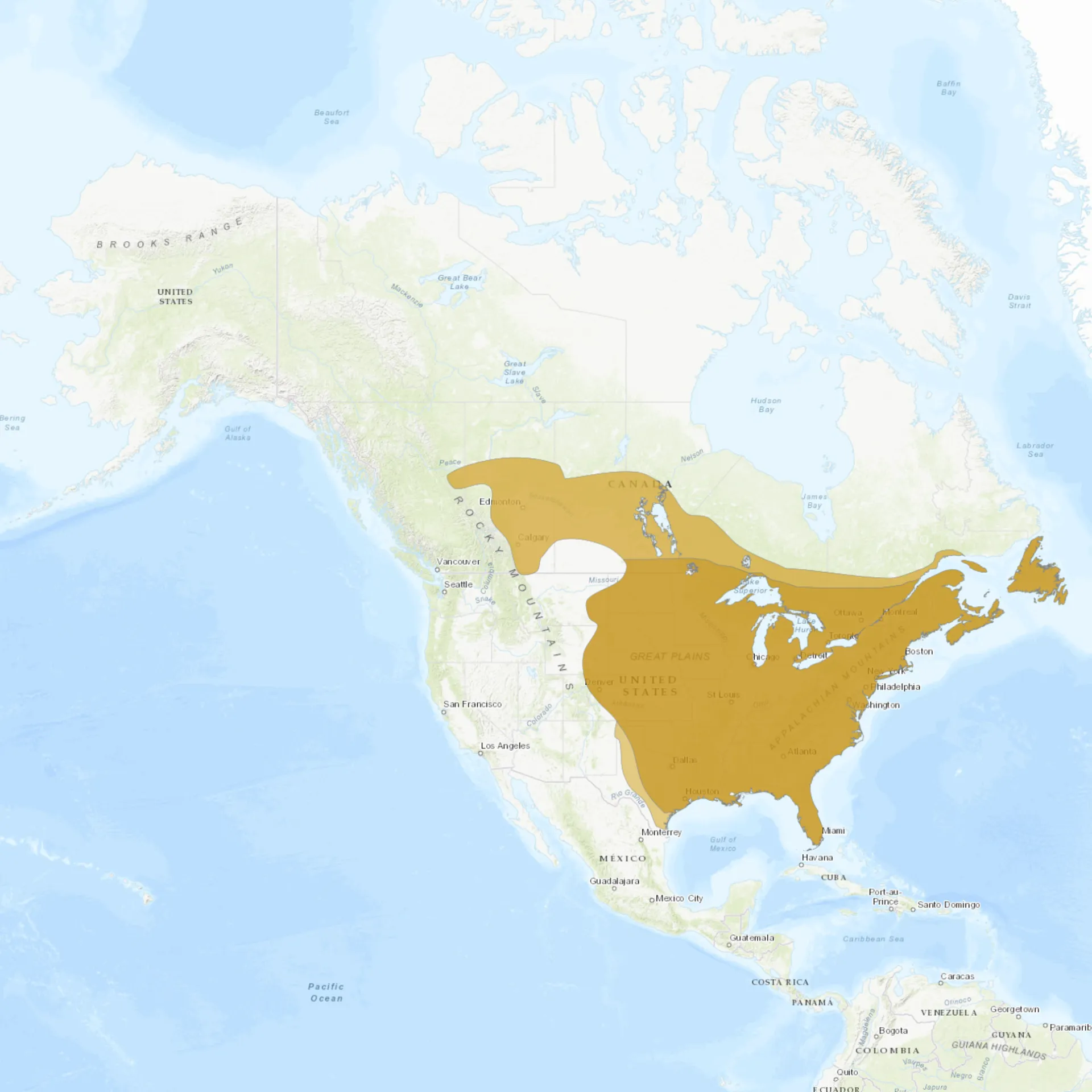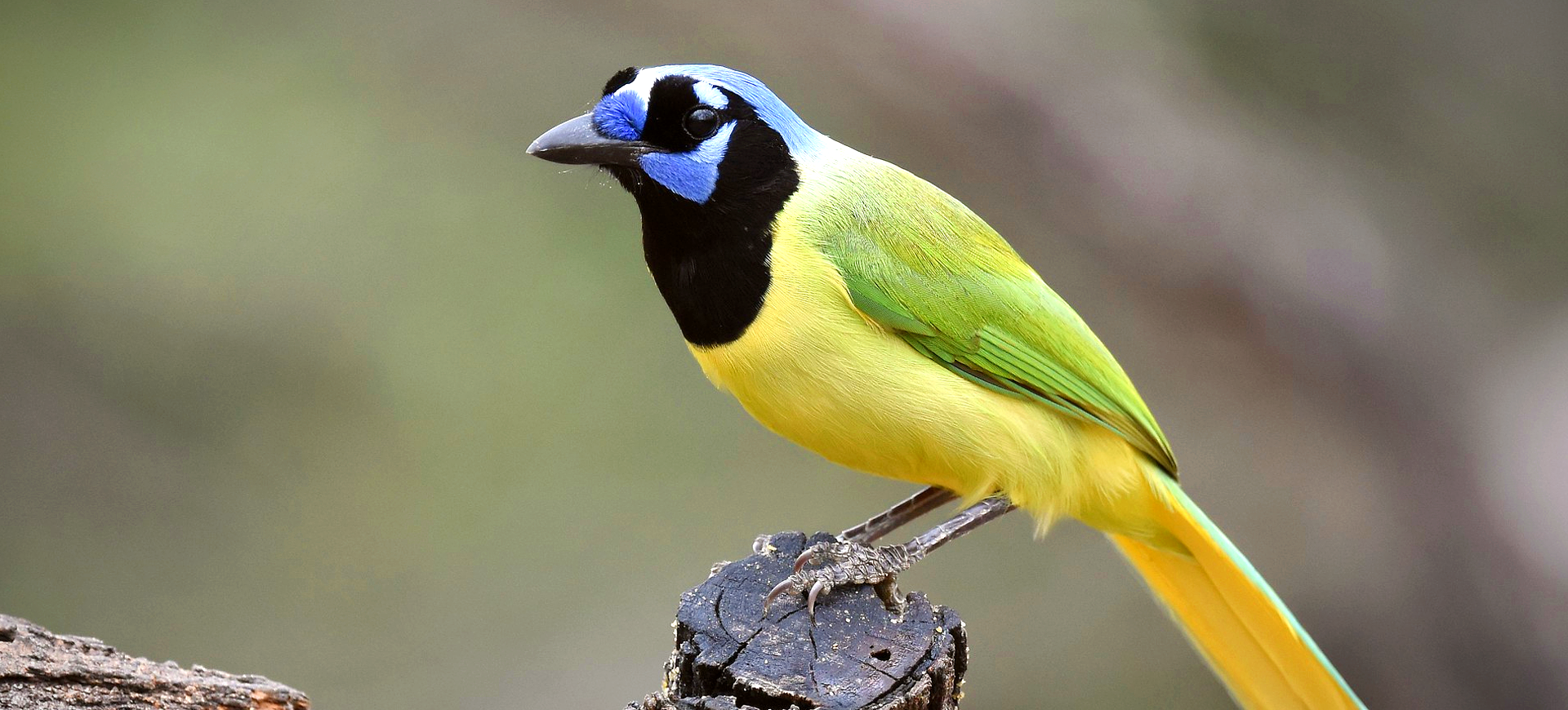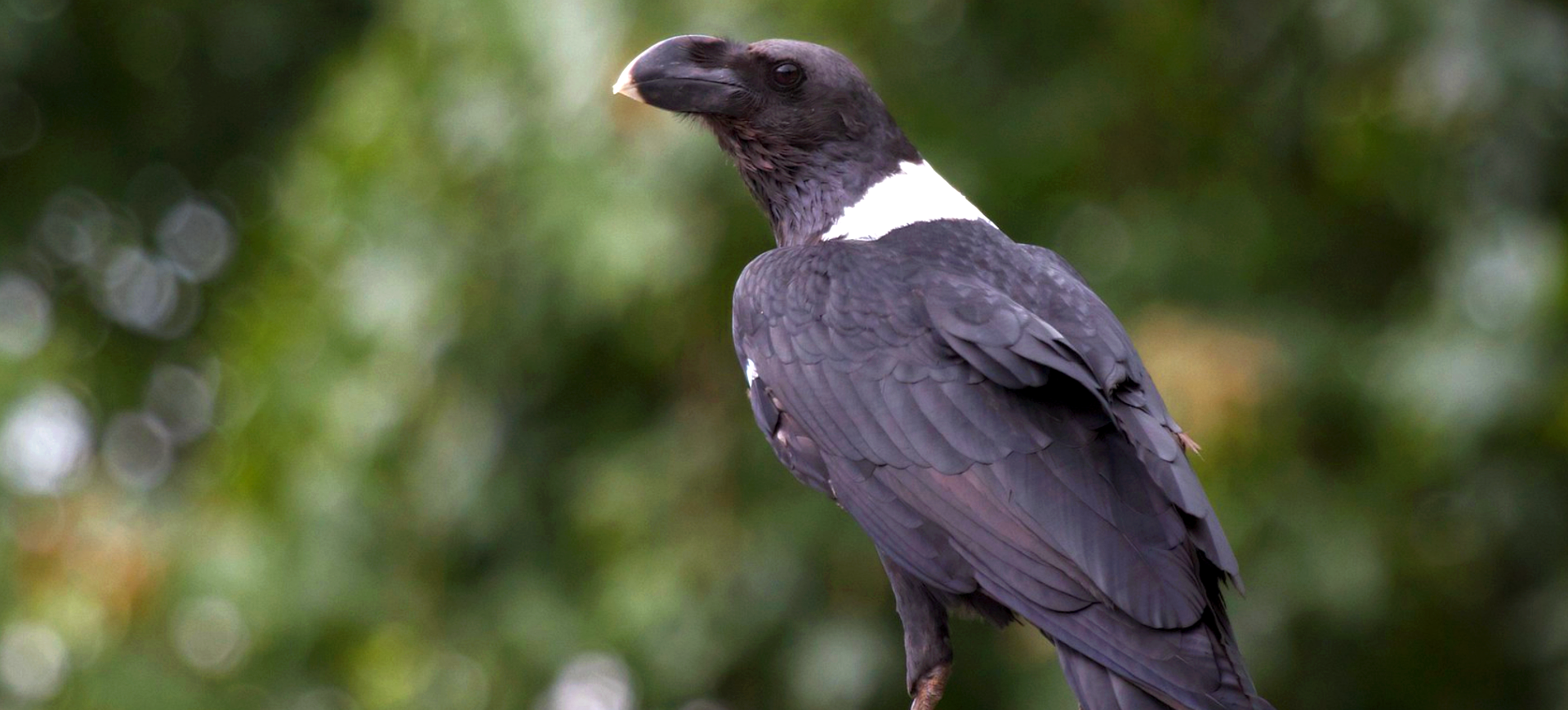Overview
The Blue Yaw (Cyanocitta cristata) is a striking and intelligent bird native to eastern and central North America. Known for its vibrant blue plumage, white chest and belly, and distinctive black, white, and blue patterning on the wings and tail, the Blue Yaw is a prominent Corvidae family member, along with crows and ravens. These birds are highly adaptable and thrive in various habitats, including deciduous and coniferous forests, woodlands, towns, and cities.
Blue Jays are known for their complex social structures and various vocalizations, including imitating other birds, especially hawks. Their omnivorous diet consists of nuts, seeds, fruits, insects, and small vertebrates. Blue Jays are also known for their role in seed dispersal, particularly of oaks, as they store acorns and other seeds for later consumption.
Despite their beauty and benefits to ecosystems, Blue Jays are sometimes regarded as aggressive, particularly towards other birds at feeders or when defending their nests. They are also known for their intelligence, demonstrated by their complex communication and problem-solving abilities. Blue Jays migrate in large, loose groups along the Great Lakes and Atlantic coasts, but some populations are resident year-round, depending on the geographic region.
Taxonomy
Kingdom
Phylum
Class
Order
Family
Genus
Species
Type
Current distribution:
Blue Jays are widely distributed throughout North America. Their populations are stable, with some northern individuals migrating southward in the fall and winter months, while others remain resident year-round in their breeding territories. Migration patterns can be variable and are not fully understood as they do not migrate yearly, and not all populations migrate.
The distribution of Blue Jays is influenced by the availability of suitable habitats and food sources, particularly in winter when resources are scarcer. Their presence in urban and suburban areas has increased, showcasing their ability to adapt to human-altered landscapes.
Physical Description:
Blue Jays are medium-sized birds, measuring about 22 to 30 cm (9 to 12 inches) in length, with a wingspan of 34 to 43 cm (13 to 17 inches). Their weight ranges from 70 to 100 grams (2.5 to 3.5 ounces). The most striking feature of the Blue Jay is its bright blue plumage on the back and wings, complemented by white underparts and a black necklace that extends across the throat and around the head. Their face is white with a prominent blue crest on the head that can be raised or lowered depending on the bird’s mood.
Sexual dimorphism is minimal in Blue Jays, with males and females appearing very similar in size and coloration. Their strong, black bill is adapted for a varied diet, and their legs and feet are also black. The tail and wing feathers exhibit beautiful blue, white, and black banding, which is especially visible in flight. The vibrant colors of the Blue Jay result from light interference due to the internal structure of the feathers rather than pigments, which is why they may appear duller in low light.

Lifespan: Wild: ~7 Years || Captivity: ~26 Years

Weight: Male & Female: 2.3-3.8 oz (70-100 g)

Length: Male & Female: 9-12 in (22-30 cm)

Wingspan: Male & Female: 13-17 in (34-43 cm)

Top Speed: 25 mph (40 km/h)
Characteristic:
Native Habitat:
Blue Jays are native to North America, with a range extending from the eastern and central United States into southern Canada. They inhabit various forested areas, including deciduous and mixed forests and pine forests in the southeastern United States. Blue Jays are also common in urban and suburban areas, where they can be found in parks, gardens, and other wooded spaces.
Blue Jays are adaptable to different habitats, including living close to human settlements, where they can find abundant food sources and nesting sites. Their flexibility in habitat preference has allowed Blue Jays to maintain stable population levels across much of their range.
Climate Zones:
Biomes:
Biogeographical Realms:
Continents:
Countries:
Diet:
Diet & Feeding Habits:
Blue Jays are omnivores, feeding on plant and animal materials. Their diet includes acorns, nuts, seeds, fruits, and small invertebrates like insects. They are particularly fond of acorns, making them an important agent in the dispersal and planting oak trees. Blue Jays use their strong bills to crack open nuts and seeds, and they are known to store food for later consumption, particularly in the fall.
These birds are also opportunistic feeders, occasionally eating eggs and nestlings of other birds, contributing to their controversial reputation among birdwatchers. Blue Jays typically forage in trees and shrubs but will also come to bird feeders, where they are known to be dominant and sometimes aggressive toward other birds. They require access to fresh water for drinking and bathing, an essential part of their daily routine.
Mating Behavior:
Mating Description:
Blue Jays form monogamous pair bonds that may last for several years or possibly for life. Their breeding season typically begins mid-March and can extend into July, when they build their nests in trees or large shrubs. The male and female construct the nest, using twigs, grass, and other materials, often lining the interior with finer materials for insulation.
Females lay between 3 and 6 eggs per clutch, bluish or light brown with spots. Incubation is primarily the female’s responsibility, lasting about 16 to 18 days, while the male provides food. After hatching, both parents feed the nestlings, which fledge approximately 17 to 21 days later. Blue Jays may raise one or two broods annually, depending on environmental conditions.
Reproduction Season:
Birth Type:
Pregnancy Duration:
Female Name:
Male Name:
Baby Name:
Social Structure Description:
Blue Jays are known for their complex social structures and behaviors. They may form large, loosely organized flocks outside the breeding season, including family groups and non-breeding individuals. These flocks often travel together for food, providing safety in numbers against predators. During the breeding season, Blue Jays become more territorial, with pairs defending their nesting sites against intruders, including other Blue Jays.
Their social interactions are characterized by vocalizations and body language used to communicate status, alarm, and other information within the flock. The intelligence and adaptability of the Blue Jays contribute to their dynamic social structure, allowing them to thrive in a changing environment.
Groups:
Conservation Status:
Population Trend:
Blue Jays are widespread throughout their range in North America. Their populations are considered stable thanks to their adaptability to various habitats, including human-altered environments. While specific population numbers are not well-documented, their frequent presence in rural and urban settings indicates a healthy and robust population.
Conservation efforts for Blue Jays are not as critical as those of other bird species, but maintaining and protecting natural habitats is essential for ensuring their continued success. Their adaptability and generalist diet have allowed them to thrive in various settings, but they still rely on healthy forests and wooded areas for nesting and feeding.
Population Threats:
The primary threats to Blue Jays include habitat loss and degradation, particularly in areas where forested habitats are being cleared for agriculture or urban development. While they are adaptable to urban environments, excessive urbanization can reduce suitable nesting sites and food sources. Predation by cats and collisions with windows are also significant threats in urban and suburban areas.
Despite these challenges, the Blue Jays are not currently considered at risk. Their broad diet, generalist habitat requirements, and intelligence help them navigate and adapt to changing environments, mitigating the impact of these threats.
Conservation Efforts:
Conservation efforts for Blue Jays focus on preserving and restoring their natural habitats, including forests, woodlands, and urban green spaces. Initiatives that promote bird-friendly practices, such as planting native vegetation and protecting nesting sites, are beneficial. Educating the public about reducing window collisions and keeping cats indoors can also help protect Blue Jays and other bird species.
While specific conservation programs targeting Blue Jays are not as common due to their stable population status, their role in ecosystems as seed dispersers and indicators of environmental health underscores the importance of conserving the natural landscapes they inhabit.
Additional Resources:
Fun Facts
- Blue Jays can mimic the calls of hawks, which may serve to warn other jays about the presence of a predator or to deceive other species.
- They have a unique gland near the base of their tail that produces an antiseptic oil, which they spread over their feathers to protect against parasites.
- Blue Jays are one of the few bird species that use tools, such as pieces of bark, to extract insects from tree bark.
- The blue coloration of their feathers is due to light scattering from modified cells on the surface of their feathers, not from pigment.
- They play a crucial role in spreading oak trees through their habit of caching acorns, which they may forget to retrieve, allowing new trees to grow.
- Blue Jays are highly curious and intelligent, capable of complex problem-solving and social interactions.
- In folklore, the Blue Jay is often portrayed as a noisy and quarrelsome bird, but it is also admired for its intelligence and beauty.
- They can make various sounds, including whistles, gurgles, and clicks, in addition to their characteristic “jay” call.
- Blue Jays are known to form long-lasting pair bonds, and both parents participate actively in raising their young.
- The presence of Blue Jays in gardens can deter other pests, as they eat insects and small rodents.











